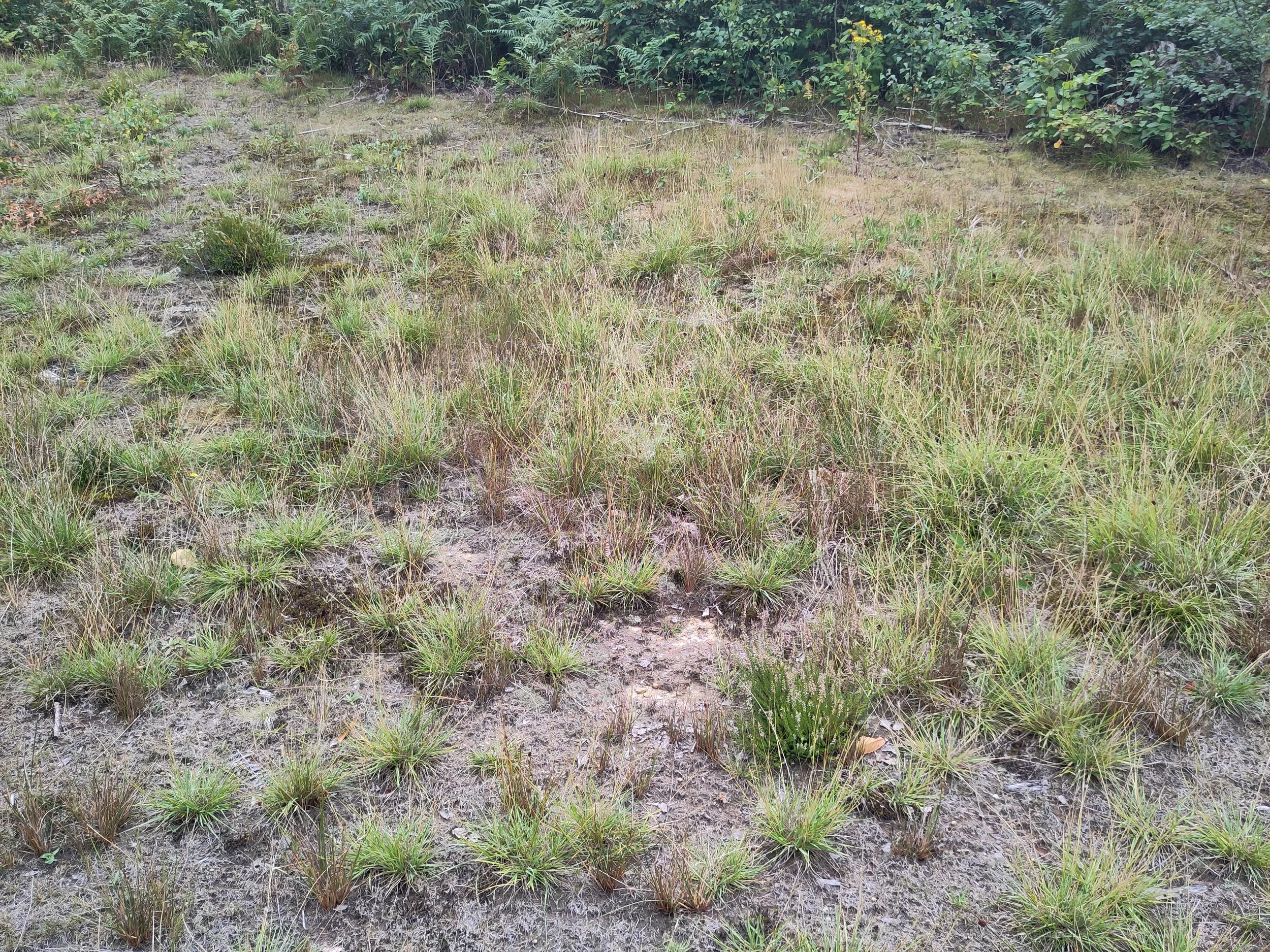Wednesday Conservation Volunteers, Strewing, Bat Park Plant Species, Dams
We gather today at 10 am for another Wednesday Conservation Volunteer day. Jake has such confidence in the capabilities of the volunteers that later he is going to split the group up into pairs working on different tasks. One pair will empty the compost bins in readiness for a swanky new tumbler out of reach of the local rat population. Another pair will fell small trees and cut them to length for the next building project. A third will shift the poles using the quad bike and the final pair are to peel the bark off the poles ready for use during ‘Woody Week’.
However, first we all need to head down to the felling site where a team of 8 is required to move previously felled trees to the pile to be shifted by quad bike. The great thing about having a team familiar with the tasks is that it all runs as smooth as clockwork.
I know what you are thinking, “sounds a bit cliquey to me”. Not at all, with one new hand (Paige) being a newby and Antoine returning after 6 months absence. It's all about team work.
The logs moved we all split off to do our delegated jobs. As usual I disappear to attend to my own projects. First off is strewing fresh mown grass and wildflowers in Middle Paddock. The mowings are from my own mini ‘hay meadow’ at home. About 30 different flower species grow in it, so mowing at this time of year ensures I capture their seed heads to beef up the acid lowland grassland seed bank at Middle Paddock. Our resident hens have scratched the ground for us, preparing the soil here perfectly for seed germination.
Next stop for me is Bat Park to check on the hedge rescue. Fortunately it has rained recently, so I don't need to do any watering this week. For the next 90 minutes I make up a list of plants occurring on the narrow strip of grassland on the eastern slope next to the developing Bat Park heathland.
The flower rich eastern bank of the Bat Park grassland - 22 plant species in such a small area (see below)
Bat Park East Bank Plant Species
Common Sedge, Soft Rush, Selfheal, Tormentil, Bramble, Politrichum sp (moss), Birch, Ribwort Plantain, Lichen spp, Common Catsear, Ragwort, Common Heather, Brium sp. (cushion moss), Heath Bedstraw, Hardhead, Yarrow, Common Centaury, Oxeye Daisy, Rough Hawkbit, Sheep Sorrel, Trailing St John's Wort
It is an impressive assemblage for an area measuring only 4 metres by 20 metres and richer than the relatively large flat area below it that I usually survey. I suspect this is because early in the project's life this slope retained its soil when a flash flood washed away most of the soil on the flat area below.
Toadflax, Ragwort, Common Centaury, Yarrow, Trailing St John's Wort and Heath Bedstraw don't grow on the thin soils elsewhere at Bat Park.
Yarrow is a common enough plant, but its spread to Bat Park (even as a seedling) is encouraging
11.30 am is coffee break for the whole gang, followed by Josh and me having a site meeting to discuss a leaky dam exercise we will be running during Woody Week.
Demonstration leaky dams (log dam and woven dam) - note the retained water from the last rain storm
After lunch we both head down into the Lower Wood to check out the location for the new leaky dams. I show him the earth dams I've been creating in the former stream cutting and he is so excited by them that we spend the next hour shovelling earth into a metre high dam within the ditch. The previous two earth dams are just about the only place in the wood that retain water throughout the summer months, so are an essential part of our mission to keep the woodland wet throughout the year.
Earth dam and overflow pipes created in the former ditch of the Wilderness Stream
Finally we identify log stacks and coppice stools suitable for leaky dam building next week when 150 souls will descend on the wood for our annual Working With Wood Week (Woody Week). Check it out on https://www.wildernesswood.org/whatson/working-with-wood-week-2025
David Horne 23 July 2025




